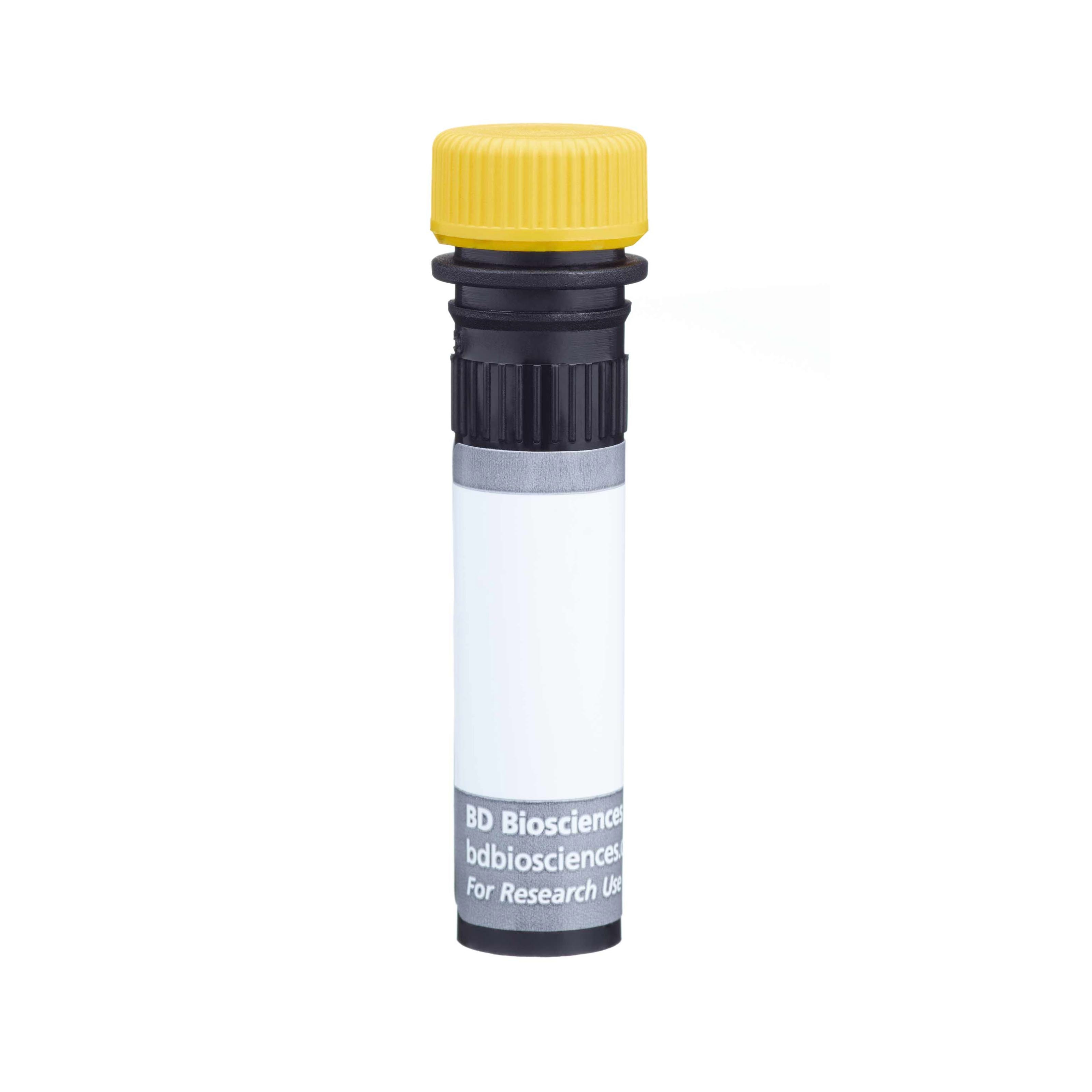The 14-4-4S monoclonal antibody specifically recognizes the I-E[k] MHC class II alloantigen. It crossreacts with cells from mice of the H-2[d], H-2[p], and H-2[r] haplotypes. Cells from mice of the H-2[b], H-2[f], H-2[g7], H-2[q], and H-2[s] haplotypes do not express I-E antigen. It has been reported that mAb 14-4-4S crossreacts with the rat MHC class II antigen RT1D.
The antibody was conjugated to BD Horizon™ BUV661 which is part of the BD Horizon Brilliant™ Ultraviolet family of dyes. This dye is a tandem fluorochrome of BD Horizon BUV395 with an Ex Max of 348-nm and an acceptor dye with an Em Max at 661-nm. BD Horizon Brilliant BUV661 can be excited by the ultraviolet laser (355 nm) and detected with a 670/25 filter and a 630 nm LP. Due to cross laser excitation of this dye, there may be significant spillover into channels detecting APC-like emissions (eg, 670/25-nm filter).
Due to spectral differences between labeled cells and beads, using BD™ CompBeads can result in incorrect spillover values when used with BD Horizon BUV661 reagents. Therefore, the use of BD CompBeads or BD CompBeads Plus to determine spillover values for these reagents is not recommended. Different BUV661 reagents (eg, CD4 vs. CD45) can have slightly different fluorescence spillover therefore, it may also be necessary to use clone-specific compensation controls when using these reagents.






